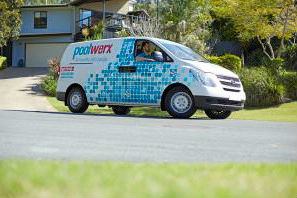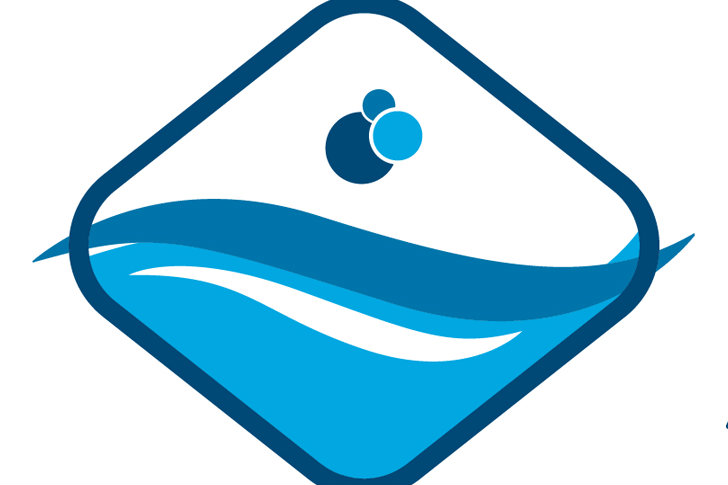The Model Aquatic Health Code is undergoing its second revision, and some major changes have been proposed, especially pertaining to water quality.
The Council for the Model Aquatic Health Code (CMAHC), which provides suggested rewrites to the Centers for Disease Control and Prevention for approval, is going through the process with the 2018 edition of the code. This year, 188 change requests were submitted for voter approval. While many were strictly editorial, others propose significant changes.
Perhaps the most controversial suggests that the minimum allowable pH level be lowered from 7.2 to 6.8. The upper limit of the range would remain at 7.8.
The proposal was submitted to improve the efficacy of chlorine. But it has met resistance from industry professionals, who point to the corrosive and potentially damaging effects of lower pH on surfaces, equipment and anything metallic.
The committee that makes formal recommendations to voters has decided against supporting the pH proposal. This does not prevent voters from giving it the thumbs-up, though most follow the committee’s recommendations, said Douglas Sackett, executive director of the CMAHC.
Even if the pH change survives the vote, the CDC can reject it.
Other proposed changes:
• Calcium hardness: One change request suggests raising the maximum allowable calcium hardness rate. Initially proposed in case the lower pH limit was reduced to 6.8 ppm, the calcium-hardness change also could reduce the need to drain and replace water in drought-prone areas.
• Chemical feeder sizing: A few changes have been suggested here, including one that would move away from the current pounds-per-day requirement to a sizing process more individualized to maintain the correct residual.
• Kiddie pool water quality: One proposal suggests nightly draining as a permissible method for secondary disinfection, rather than ultraviolet light or ozone.
• Cryptosporidium removal: A few requests would expand the options available for combating crypto and other waterborne pathogens. One proposes that pools and other aquatics features be further divided into “risk bins” that signify their vulnerability to carrying waterborne illnesses. Another would change the secondary disinfection requirement from 3 log to 2 log inactivation in all water elements except interactive water play features. Another would allow the use of combined sanitizers to attain the 3-log removal. A fourth would grant certain filtration systems secondary treatment credit.
• Chemical safety: Several submitters hope to prevent injury from the formation of chemical gas. These would enhance training and increase responsibility for testing sanitation systems and chemicals, call for alarms indicating the chemical feeder system has been disabled through the electrical interlock, and evacuating patrons if the chemical feeder, UV or ozone system, or water recirculation pump has been disabled unexpectedly.
• Wading-pool safety: These are meant to remove drastic changes in depth so that children don’t fall off sunshelves or kiddie pools into deeper water. One would prohibit shallow-water features adjacent to deeper water; the other would bar short dividers called wing walls near the shallow water.
• Climbing safety: Suggestions would require stairs rather than ladders on water slides and certain diving platforms.
The CMAHC will meet Oct. 16 and 18 in Denver, before the World Aquatic Health Conference. The committee also will make presentations during the WAHC.
Voting begins Oct. 17 and runs for a month. Those hoping to sway voters can comment until the end of October. Only CMAHC members can vote or comment.
The MAHC is the first federal model code for pools and aquatics. It only applies to commercial applications in areas that adopt it. Updates occur every two years.
This story has been corrected to reflect the following: The highest allowable pH level is 7.8 ppm; the change proposal regarding kiddie pool water quality would allow draining as a method of secondary disinfection.



